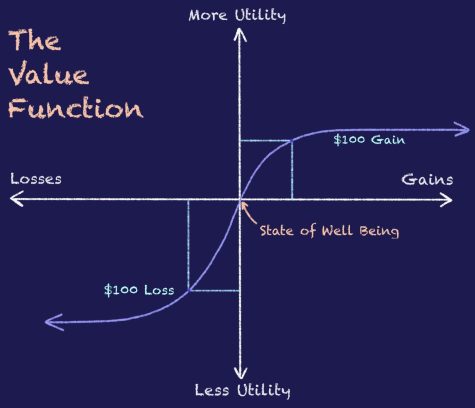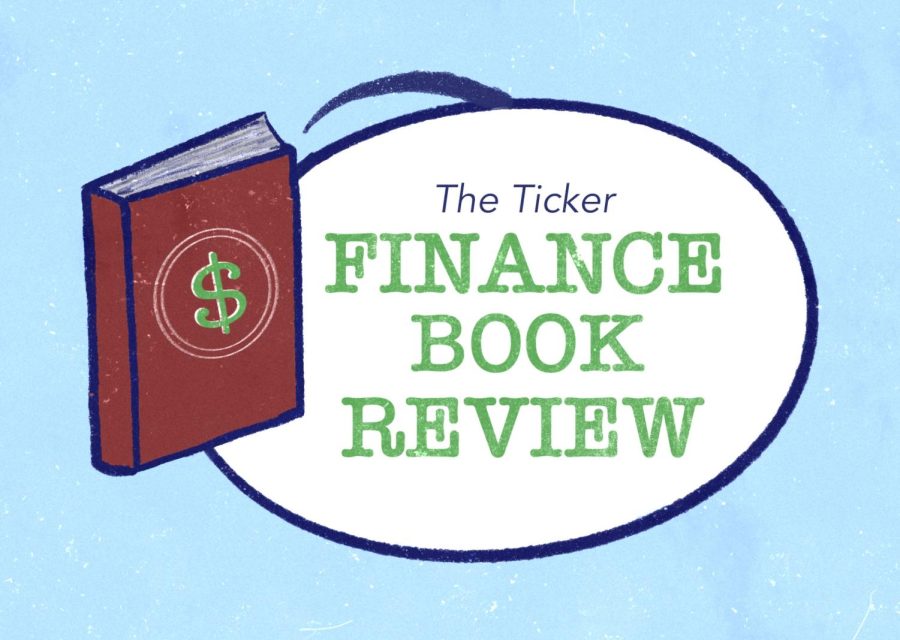‘Misbehaving’ explores behavioral economics
March 4, 2022
In “Misbehaving: The Making of Behavioral Economics,” Richard Thaler follows the history of behavioral economics and his own career as one of the founding fathers and advocates of it, pushing back from classical economics.
Behavioral economics combines psychology and economics to better understand how humans make day-to-day choices and the inner biases that exist within us to make those decisions.
This lighthearted book is for anyone who is trying to make sense of their decision making and inner biases while taking a ride through history in a linear narrative with short digestible chapters. It contains meaningful insight on human behavior and people’s less-than rational tendencies.
Thaler doesn’t take himself too seriously, which makes the book even more entertaining. While this book is great for people at any stage of their career, it can be especially useful for young adults entering the workforce, when stakes are high and mistakes plentiful.
A few ideas really stood out, starting with the recurring concept of the rational economy and the not-so rational human.
Classical economics builds on the model that humans are rational beings, and when they are making decisions, they look for what provides the most utility and the most bang for their buck. Thaler argued that this isn’t the case for most humans, and economists shouldn’t assume they behave like experts.
“A good rule to remember is that people who are threatened with big losses and have a chance to break even will be unusually willing to take risk, even if they are normally quite risk averse,” Thaler wrote.
This way of behaving goes against the endowment effect — a classical theory which states that people tend to stick to what they have due to risk aversion — and shows that humans don’t always have a consistent way of being. Human behavior differs situationally.
In the chapter titled “Value Theory,” Thaler goes into the value function, which was created by pioneering behavioral economics researchers Daniel Kahneman and Amos Tversky.

Unlike traditional economics models, it shows a loss function decreasing more quickly than the gain function increasing, or in Thaler’s words, “losses hurt twice as much as gains make you feel good.”
For readers to get the most out of the book, other concepts and anecdotes to pay close attention to include the principal-agent model, the cookie experiment, efficient market hypothesis, the Groucho Marx theorem and the effect of frequently checking one’s portfolio can impact its composition.
Although this book was published in 2015, it will remain relevant for as long as humans exist and seek self-improvement. Decision making is an important skill, whether in the context of finance or not.
With the rise of artificial intelligence, social media and digital accessibility to investment accounts via phones, humans should give thought to their decisions. It will be interesting to see what future researchers find in regard to technology’s impact on our decision making and inner biases.









